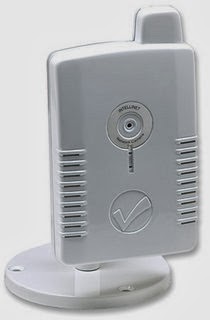A
biometric passport, also known as an e-passport, ePassport or a digital
passport, is a combined paper and electronic passport that contains biometric
information that can be used to
authenticate the identity of travellers. It
uses contactless smart card technology, including a microprocessor chip
(computer chip) and antenna (for both power to the chip and communication)
embedded in the front or back cover, or center page, of the passport. Document
and chip characteristics are documented in the International Civil Aviation
Organization's (ICAO) Doc 9303. The passport's critical information is both
printed on the data page of the passport and stored in the chip. Public Key
Infrastructure (PKI) is used to authenticate the data stored electronically in
the passport chip making it expensive and difficult to forge when all security
mechanisms are fully and correctly implemented.
The
currently standardized biometrics used for this type of identification system is
facial recognition, fingerprint recognition, and iris recognition. These were
adopted after assessment of several different kinds of biometrics including
retinal scan. The ICAO defines the biometric file formats and communication
protocols to be used in passports. Only the digital image (usually in JPEG or
JPEG2000 format) of each biometric feature is actually stored in the chip. The
comparison of biometric features is performed outside the passport chip by
electronic border control systems (e-borders). To store biometric data on the
contactless chip, it includes a minimum of 32
kilobytes of EEPROM storage
memory, and runs on an interface in accordance with the ISO/IEC 14443
international standard, amongst others. These standards intend interoperability
between different countries and different manufacturers of passport books.
Some
national identity cards (e.g. in the Netherlands, Albania and Brazil) are fully
ICAO9303 compliant biometric travel documents. However others, such as the USA
passport card, are not.










